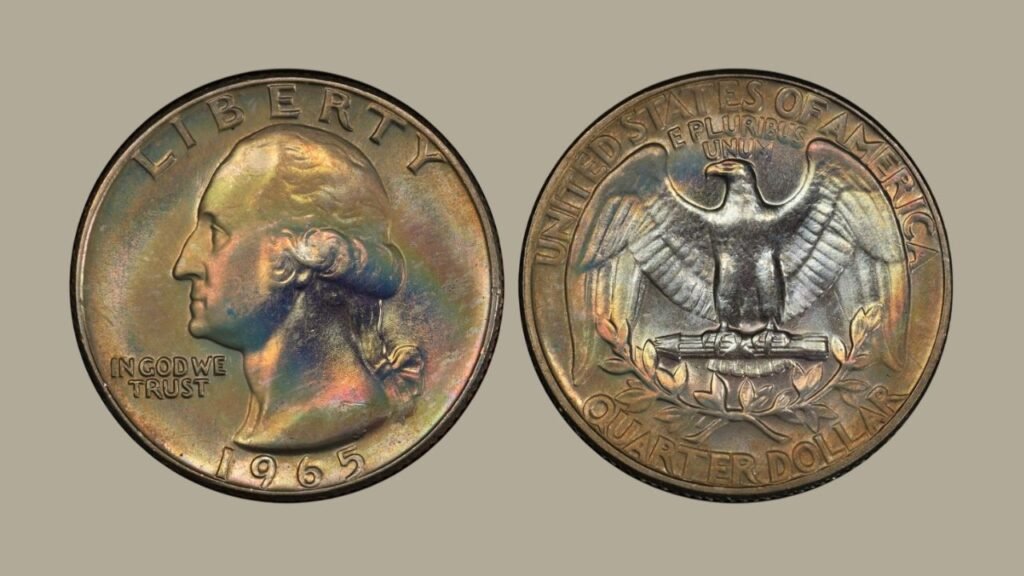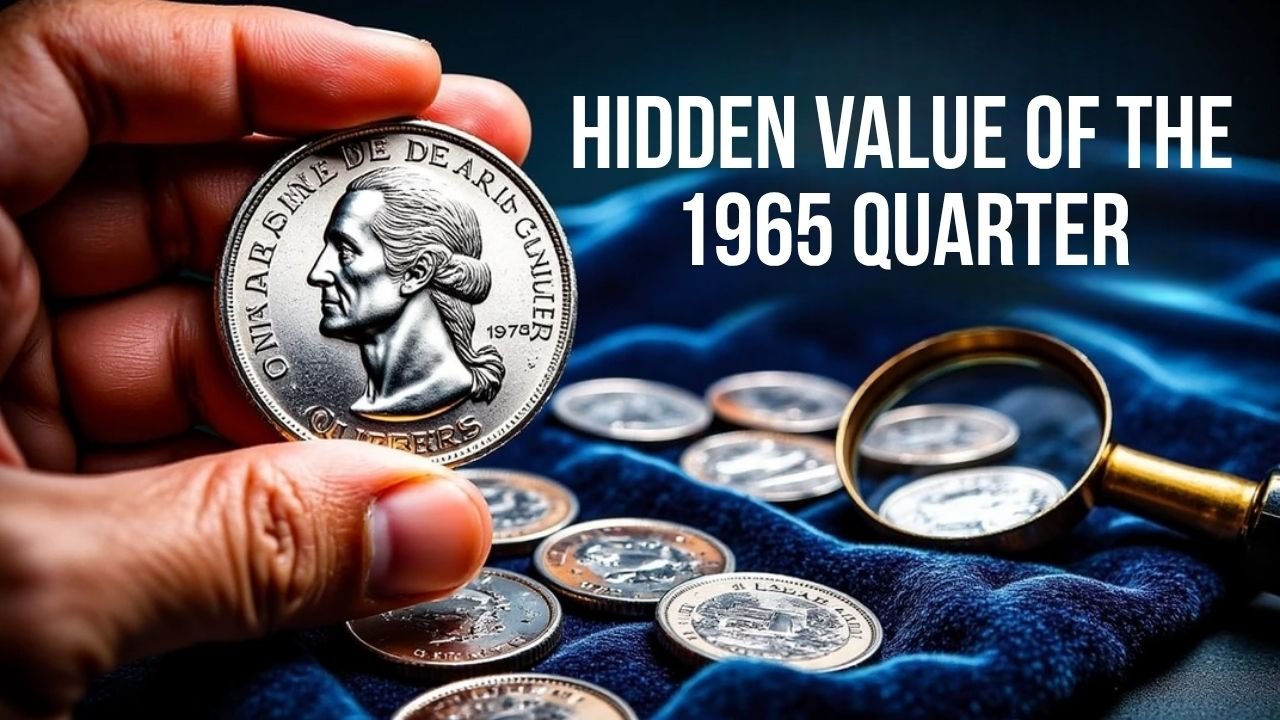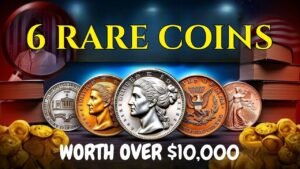At first glance, the 1965 quarter may appear like just any other coin in your pocket trade. After all, it’s a not unusual coin, part of the flow that Americans had been the use of for decades. However, for creditors and coin lovers, the 1965 region holds an extraordinary story and potential value that units it apart from different quarters of its era.
This article delves into the precise components of the 1965 region, its historical context, and why certain types of this apparently normal coin can fetch significant sums in the numismatic marketplace.
Historical Context of the 1965 Quarter
The year 1965 changed into a turning factor for U.S. Coinage. The state confronted a excessive scarcity of silver coins due to rising silver prices and heavy coin hoarding. To address this, the U.S. Mint made a ambitious change: the 1965 zone changed into struck in a copper-nickel clad composition, changing the 90% silver composition used in earlier quarters.
- Composition: Copper-nickel outer layers bonded to a pure copper core
- Weight: 5.67 grams
- Diameter: 24.3 mm
This transition marked the cease of the silver generation for normal quarters, making the 1965 quarter traditionally substantial.
Design Features
The 1965 quarter retained the traditional Washington Quarter design:
- Obverse: Features George Washington’s profile, designed by John Flanagan in 1932.
- Reverse: Displays the traditional eagle with outstretched wings, perched on a package deal of arrows with olive branches underneath.
While the design is not specific to 1965, its importance comes from being the primary non-silver clad zone issued for popular flow in a long time.

Why Some 1965 Quarters Have Extraordinary Value
Most 1965 quarters are not unusual and well worth only face value. However, sure rare types and errors make some examples highly valuable to collectors:
- Struck on a Silver Planchet: A very few 1965 quarters have been by chance struck on leftover silver planchets from 1964. These coins are extremely rare and may fetch thousands of dollars relying on circumstance.
- Double Die Errors: Some 1965 quarters show doubling at the obverse or reverse, especially across the lettering and date. Coins with clear doubled die errors are prized and might command $500–$5,000.
- Die Cracks and Misstrikes: Minor misalignments all through minting created coins with sizeable die cracks or off-center strikes. Collectors often are seeking for those particular imperfections, with certain mistakes selling for masses to over a thousand dollars.
- Proof Coins and Special Mint Sets: 1965 changed into also a year for evidence coins and mint sets, which were especially struck with higher best for creditors. These coins, specifically in pristine uncirculated condition, can be really worth loads of dollars.
Tips for Identifying Valuable 1965 Quarters
- Check the metal: A coin that appears strangely silvery might be a unprecedented silver planchet strike.
- Inspect for doubling: Use a magnifying glass to take a look at the letters and numbers for doubled images.
- Look for misalignment or cracks: Small imperfections can substantially increase value.
- Preserve condition: Coins in higher condition are constantly more precious, so avoid cleansing them harshly.
- Seek expert verification: Rare error coins need to be authenticated with the aid of authentic grading offerings like PCGS or NGC.
The Legacy of the 1965 Quarter
The 1965 quarter represents extra than just a alternate in coin composition — it symbolizes a pivotal moment in America’s monetary records. The move from silver to clad coinage meditated the country’s adaptation to transferring worldwide markets and inflationary pressures.
Collectors these days see the 1965 quarter as a bridge among two eras: the conventional silver coinage of the past and the modern-day coins we use today. Its value lies now not only in its rare errors however additionally in its story — a small however effective piece of American economic evolution.
Conclusion
While maximum 1965 quarters are everyday coins used in normal transactions, a few convey terrific well worth due to rare errors, silver planchet moves, and proof versions. From a ancient attitude, the coin represents a pivotal moment in U.S. Minting records — the transition from silver to copper-nickel clad compositions.
For creditors and coin enthusiasts, the 1965 region is a reminder that even the most not unusual coins can cover super value and records. So subsequent time you discover a 1965 quarte, take a better appearance — it could be greater than simply twenty-5 cents.

